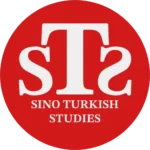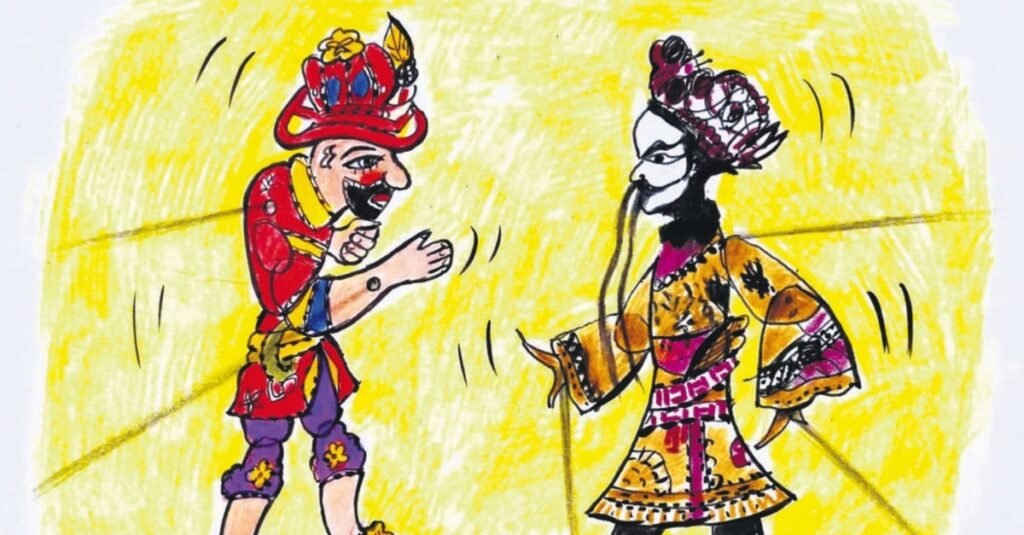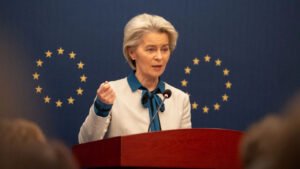Chinese culture and Turkish culture have significant differences in many aspects. These differences are particularly evident in historical background, religious beliefs, language and script, holiday traditions, and social customs.
China and Turkiye have long histories, rich cultural heritage, and diverse ethnic features. Turkiye is located at the intersection of Europe and Asia and has a rich historical legacy and a multicultural structure. Turkiye`s history traces back to Central Asia, and the ancient civilizations of this region have influenced it. On the other hand, China has experienced numerous dynastic changes throughout ancient times and has become East Asia’s cultural and political center.
The history of Chinese characters is very old, with origins dating back to the Neolithic Age, approximately 5000 years ago. The earliest form of Chinese characters appeared in the oracle bone script during the Shang Dynasty. These characters recorded the social life and culture of the time. The evolution of Chinese characters has gone through many stages, including oracle bone script, bronze script, small seal script, clerical script, and regular script. Chinese characters are a tool for linguistic communication and an important carrier of Chinese culture, containing rich historical and cultural meanings.
During the Ottoman Empire, Turkish was written using the Arabic script. Ottoman Turkish was a language that blended Turkish, Arabic, and Persian elements, and its writing system was based on a variant of the Persian-Arabic alphabet called the Ottoman Turkish alphabet. This writing system was widely used during the Ottoman Empire and became the primary writing form for the Turkish language. However, in the early 20th century, with the establishment of the Republic of Turkiye, language reforms under the leadership of Mustafa Kemal transformed Ottoman Turkish into modern Turkish. In 1928, the Turkish Grand National Assembly officially abolished the Arabic script and adopted the Latin alphabet for Turkish. This reform aimed to simplify the writing system, increase literacy rates, and bring Turkish closer to the spoken language.
Regarding religion, the main beliefs in China include Buddhism, Taoism, Christianity, and Islam. However, most people in China do not follow any religion, and many hold atheistic or agnostic views. The primary religion in Turkiye is Islam.
Traditional Chinese holidays include the Chinese New Year (Spring Festival), Mid-Autumn Festival, and Dragon Boat Festival. In Turkiye, major holidays include the Ramadan Feast and Sacrifice Feast. Although the cultural customs for celebrating holidays differ, both countries emphasize family reunions and cultural heritage during their celebrations. Social customs in China and Turkiye emphasize respect and love for the elderly and affection for the young.
In recent years, exchanges between Chinese and Turkish cultures have been increasing. Many Chinese tourists visit Turkiye to promote cultural exchange and understanding. One of the most popular destinations for Chinese tourists in Turkiye is Cappadocia. Additionally, they have started discovering other beautiful places. Confucius Institutes have been established in many Turkish universities, enhancing the influence of Chinese culture. The Yunus Emre Institute can also be considered Turkiye`s equivalent of the Confucius Institute.
Turkiye`s culture is truly fascinating. With a population influenced by various civilizations throughout history, Turkiye has become a melting pot of traditions, customs, and cuisine. Turkish cuisine is famous for its flavors and diversity, combining influences from the Mediterranean, the Middle East, and Central Asia. Turkiye has eight distinct regional cuisines with unique food traditions and tastes. Turkish cuisine is truly appetizing, from juicy kebabs and delicious appetizers to sweet baklava and fragrant Turkish tea. Traditional arts, such as carpet weaving, calligraphy, and ceramics, also showcase Turkiye`s rich cultural heritage.
Both China and Turkiye established their republics after fighting independence wars against imperialism. Our struggle for independence resonated strongly with all oppressed countries under colonial rule. Mustafa Kemal, the leader of the Turkish Revolution, became the leader, hero, and source of hope and courage for oppressed peoples. People from other oppressed nations enthusiastically viewed our war of independence as a “call to resist imperialism.” Especially the people of our neighboring countries, Syria and Iraq, drew strength and courage from the Turkish Revolution, coming together and taking up arms to fight British imperialism. National liberation leaders in India once said, “Until Kemal won, we considered Britain as a deity.” Chinese revolutionaries also admired the glorious victory of the Turkish people and considered it a model. It is said that Mao Zedong once asked in a speech, “Where is China’s Kemal?”(1)
In conclusion, although Chinese and Turkish cultures have significant differences in historical background, religious beliefs, language and script, holiday traditions, and social customs, both cultures continuously merge and develop through cultural exchange and understanding.
(1)Doğu Perinçek, Kemalist Devrim-1 2020 Kasım
Abroad Africa AI Beijing Belt & Road BLCU BRICS China chinese CPC CSC Culture Economy education EU Guizhou Kültür Langauge movie Multipolarity Russia scholarship science Shanghai Sino Sino Turkish Sino Turkish Sino Turkish Sino Turkish Sino Turkish Studies Sino Turkish Studies Sino Turkish Studies Sino Turkish Studies space Syria Taiwan Tariff trump Turkiye Türkiye University USA Xinjiang ZJUT Çin





